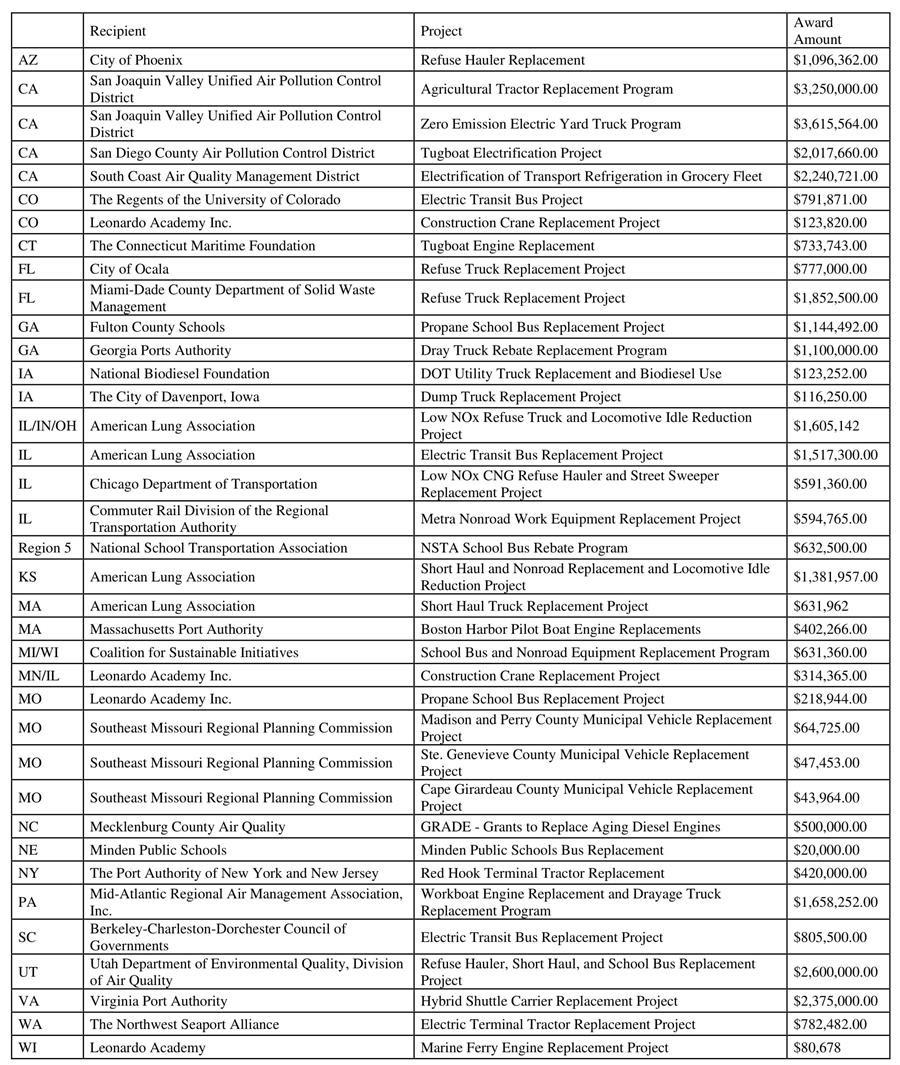United States Reaches Agreement to Protect New Orleans Waterways and Lake Pontchartrain
Churchill Downs Louisiana Horseracing Company will pay a record-setting $2.7 million penalty
WASHINGTON (September 29, 2020) — Today, the U.S. Environmental Protection Agency (EPA) and the Department of Justice announced a settlement with the Churchill Downs Louisiana Horseracing Company LLC, d/b/a Fair Grounds Corporation (Fair Grounds) that will resolve years of Clean Water Act (CWA) violations at its New Orleans racetrack. Under the settlement, Fair Grounds will eliminate unauthorized discharges of manure, urine and process wastewater through operational changes and construction projects at an estimated cost of $5,600,000. The company also will pay a civil penalty of $2,790,000, the largest ever paid by a concentrated animal feeding operation in a CWA matter.
"This consent decree will halt discharges of manure, urine, and contaminated wastewater from the Fair Grounds racetrack into the London Avenue Canal, which flows into Lake Pontchartrain," said Susan Bodine, EPA Assistant Administrator for the Office of Enforcement and Compliance Assurance. "As a result, we are protecting opportunities by the community to use these waters for fishing and other recreational activities."
"We are pleased to announce an agreement with Churchill Downs to address years of Clean Water Act violations at its Fair Grounds Racetrack in New Orleans," said Principal Deputy Assistant Attorney General Jonathan Brightbill of the Justice Department's Environment and Natural Resources Division. "This consent decree will stop the flow of untreated process wastewater into the local sewer system, which leads to local waters used for fishing and ultimately Lake Pontchartrain, in a way that recognizes the challenges presented by the racetrack's urban location."
"Safeguarding the environment is one of the highest priorities for the Department of Justice," said U.S. Attorney for the Eastern District of Louisiana (EDLA), Peter G. Strasser. "The U.S. Attorney's Office, EDLA is committed to continue working with its Federal partners to investigate and hold entities accountable when they neglect their professional and legal obligations and threaten the environment, which places the public and the ecosystem in Southeastern Louisiana at risk."
The United States' complaint alleges that Fair Grounds violated the Clean Water Act, including the terms and conditions of its Louisiana Pollutant Discharge Elimination System (LPDES) permit issued pursuant to Section 402 of the CWA. Specifically, the complaint alleges that, since at least 2012, Fair Grounds has regularly discharged untreated process wastewater into the New Orleans municipal separate storm sewer system, leading to the London Avenue Canal, Lake Pontchartrain, the Mississippi River, and ultimately to the Gulf of Mexico. Fair Grounds' permit prohibits any discharge unless there is a significant rain event (i.e., when 10 inches of rain falls in 24 hours).
In violation of their permit, Fair Grounds has discharged wastewater after as little as a half-inch of rain, as well as in dry weather. The complaint alleges that unauthorized discharges of contaminated wastewater occurred more than 250 times between 2012 and 2018. The untreated wastewater contains manure, urine, horse wash water, and other biological materials that are "pollutants" as defined by the CWA, the facility's permit, and the applicable EPA and Louisiana Department of Environmental Quality (LDEQ) regulations.
Fair Grounds is a horse racing facility located in New Orleans, La. and is surrounded by residential neighborhoods that are considered environmental justice communities. The London Avenue Canal flows through neighborhoods that have been designated as opportunity zones.
The Fair Grounds' New Orleans racetrack is a large CAFO, and during a typical horse racing season, Fair Grounds stables as many as 1,800 horses or more at one time. The facility includes a 38.8-acre production area that includes stables, horse stall barns and receiving barns, horse wash racks, horse walkways, manure storage areas, and storage areas for raw materials. The facility also includes a one-mile dirt racetrack and a 7/8-mile turf racetrack, the infield area, the grandstand, the casino, and associated parking areas.
As part of the settlement, Fair Grounds will implement best management practices and construction projects designed to eliminate unauthorized discharges and ensure compliance with its permit and the CWA. Fair Grounds will also perform site-specific sampling, monitoring and hydraulic modeling to help the company and EPA determine whether the remedial actions required by the consent decree are successful in eliminating unauthorized discharges. Furthermore, the consent decree includes a provision requiring Fair Grounds to implement additional remedial measures if these measures do not successfully eliminate unauthorized discharges.
This case is precedential because it includes the highest civil penalty ever collected by the EPA in a CWA enforcement action against a CAFO. In addition, this case is part of EPA's National Compliance Initiative for Reducing Significant Noncompliance with National Pollutant Discharge Elimination System Permits.
The settlement was lodged today in the U.S. District Court for the Eastern District of Louisiana and is subject to a 30-day public comment period. The penalty is due within 30 days of the effective date of the consent decree.
For more information about this settlement please visit: https://www.epa.gov/enforcement/churchill-downs-louisiana-horseracing-company-llc-clean-water-act-settlement
Members of the public can help protect our environment by identifying and reporting environmental violations. Learn more here: https://www.epa.gov/enforcement/report-environmental-violation-general-information
If you would rather not receive future communications from US EPA, Office of Public Engagement, let us know by clicking
here.US EPA, Office of Public Engagement, 1200 Pennsylvania Avenue NW, Washington, DC 20460 United States





